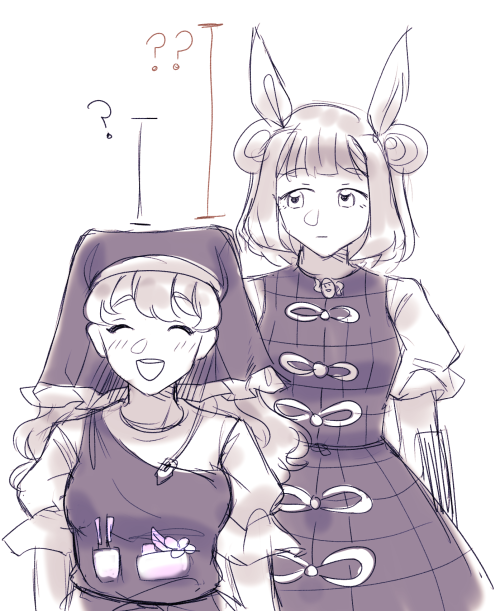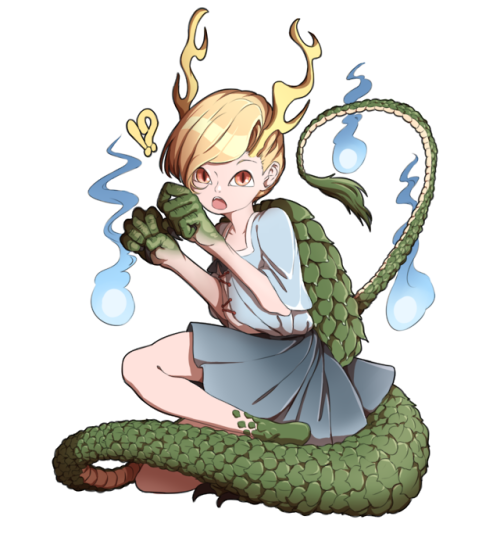#keiki haniyasushin
Back in February I stumbled upon a Touhou Garakuta article about a presentation on Haniyasushin. The author specializes in reporting on their pilgrimages (巡礼) to various Touhou-relevant places in Japan, and for this report they visited a bunch of Haniyasu shrines.
The presentation starts with the Kiki stories of Haniyasushin popping out of Izanami as she died from birthing Kagutsuchi. The Kojiki actually says she birthed a pair: Haniyasuhiko (male) and Haniyasuhime (female). The Shoki says she birthed a female god named Haniyamabime, but later mentions the birth of an unrelated earth god named “Haniyasu no Kami” (= Haniyasushin) with no connection to Kagutsuchi. There are also multiple versions of Haniyamabime’s birth; the one where she marries Kagutsuchi and has a kid named Wakumusuhi has been theorized to represent the origins of slash-and-burn agriculture.
Not all Haniyasu shrines worship only Haniyasushin; many of them also worship related gods like Kagutsuchi, Mizuhanome, and Kukunochi. According to the presentation, the Haniyasushin-only shrines tend to be found in areas where earth-related things like pottery and agriculture are a big deal.
There’s a particularly high concentration of Haniyasu shrines in an area of Fukuoka Prefecture known as the Haniyasu Belt. Many of the shrines, particularly those in Hakata, are actually called “Chiroku Shrines” (地禄神社), with “chiroku” referring to blessings of the earth. Outside of Fukuoka City proper, the shrines are often called 田神社 (denjinja), again indicating worship of Haniyasushin as a god of fertile soil (denjin = god of fields).
The Fukuoka shrines also appear to have a pottery connection. According to this paper, there’s major overlap between the Haniyasu Belt and the distribution of Yayoi period burial jar mounds in northern Kyushu, though I couldn’t find any explanation for this other than the paper’s claim that the jar makers sensed godly power in the earth they were using and attributed this to Haniyasushin.
Not mentioned in the presentation is a stretch connection involving the obscure god 大幡主命 (Ohatanushi-no-mikoto) a.k.a. 大若子命 (Owakugo-no-mikoto) worshipped at the Kushida Shrine in Hakata. This page says that according to some Shinto archaeologist (百嶋神社考古学), Ohatanushi = Haniyasushin, which somehow connects all the way to Nomi no Sukune whom the Shoki credits as the inventor of haniwa.
On the other hand, there’s a Haniyamahime shrine on Mt. Haruna in Gunma Prefecture’s Takasaki City, which is known for its kofun and haniwa. Technically all of Gunma is the “Haniwa Prefecture”, but Takasaki seems to have an especially large number of kofun and associated haniwa, ostensibly including Mayumi’s warrior haniwa and the miko haniwa that Keiki’s design is based on.
Finally, there’s a kagura play featuring a Haniyasu that appears to have no relation whatsoever to the Kiki and/or Fukuoka Haniyasushin other than an association with earth/soil.

Keiki















